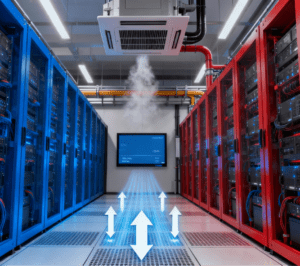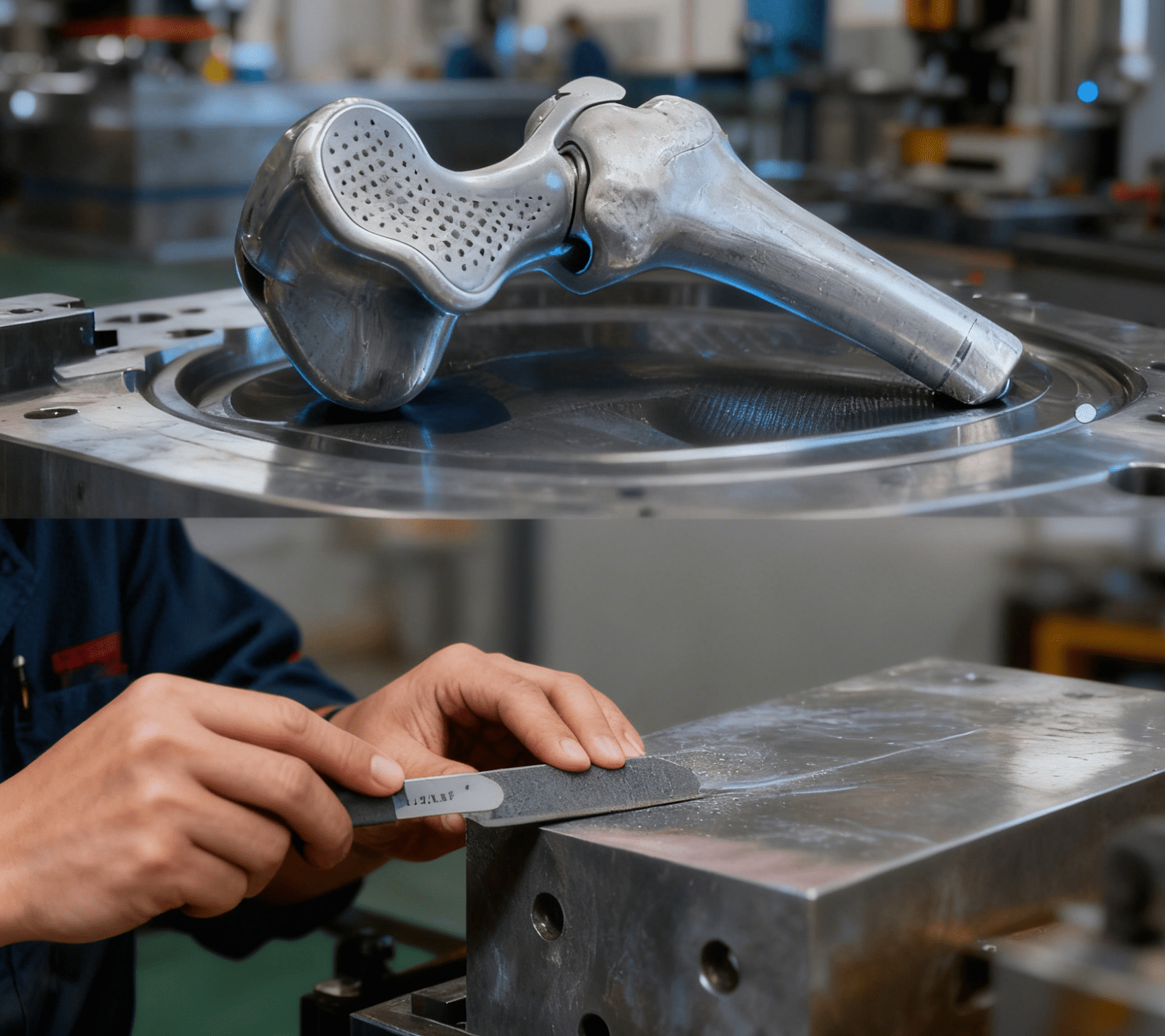
With the rapid development of information technology, data centers—the core infrastructure for enterprises’ digital transformation—are facing unprecedented challenges and opportunities. Traditional data centers often grapple with issues such as outdated equipment, excessive energy consumption, and insufficient flexibility. However, comprehensive and costly overhauls or reconstructions are not always feasible options. Therefore, exploring low-cost and high-efficiency modernization solutions has become the preferred choice for many enterprises.
Core Requirements for Data Center Modernization
Improve Energy Efficiency and Reduce Costs
Energy consumption costs account for a large proportion of data center operating expenses. Thus, reducing energy consumption through measures like optimizing cooling systems and upgrading power equipment is a key goal of data center modernization. For example, adopting free cooling technologies, optimizing airflow organization, and upgrading high-efficiency UPS (Uninterruptible Power Supply) systems can significantly lower a data center’s PUE (Power Usage Effectiveness), thereby cutting operating costs.
Enhance Flexibility and Scalability
As business evolves rapidly, data centers need greater flexibility and scalability to adapt to changing market demands. By introducing virtualization technologies and cloud computing platforms, enterprises can allocate resources more flexibly and respond quickly to changes in business needs.
Boost Reliability and Security
The reliability and security of data centers are crucial for ensuring the continuity of enterprise operations. Modernization transformations require upgrading data center infrastructure without disrupting business operations, thereby enhancing its reliability and security.
Low-Cost Modernization Solutions for Data Centers
Optimize Cooling Systems
Cooling systems are one of the main sources of energy consumption in data centers. Significantly improving cooling efficiency and reducing energy consumption can be achieved by:
Adopting free cooling technologies (e.g., air-side energy saving, water-side energy saving);
Optimizing airflow organization (e.g., hot-cold aisle containment, installing fan walls);
Upgrading cooling equipment (e.g., using high-efficiency CRAC (Computer Room Air Conditioner) units).
Upgrade Power Systems
Upgrading power systems is also a critical part of data center modernization. Replacing outdated UPS systems, optimizing power distribution architectures, and adopting high-efficiency transformers and cables can improve the reliability and efficiency of power systems. For instance, Intel significantly enhanced the energy efficiency and reliability of its data centers by upgrading UPS systems and power distribution architectures.
Introduce Virtualization and Cloud Computing Technologies
Virtualization and cloud computing technologies are key to enhancing the flexibility and scalability of data centers. By virtualizing physical servers, enterprises can utilize hardware resources more efficiently and quickly deploy new applications and services. Additionally, migrating part or all of the workload to the cloud can further reduce the operating costs of data centers.

Implement Automated and Intelligent Management
Automated and intelligent management tools help enterprises manage data centers more efficiently, reduce manual operations, and improve O&M (Operations and Maintenance) efficiency. For example, using intelligent monitoring systems to track the real-time operating status of data centers and leveraging AI (Artificial Intelligence) technologies to optimize resource allocation and energy consumption management.
Adopt Modular Design
Modular design allows enterprises to upgrade data center infrastructure incrementally without large-scale reconstruction. This design not only reduces transformation costs but also enhances the flexibility and scalability of data centers.
Optimize Space Utilization
By re-planning data center layouts and optimizing rack density, limited space can be used more efficiently. For example, using high-density racks and compact equipment can significantly increase equipment capacity without expanding the data center’s floor area. Additionally, deploying automatic spring tray arrangement equipment has become a standout low-cost optimization measure for data centers with dense small-component storage needs: this equipment autonomously sorts, aligns, and adjusts spring-loaded trays that hold server spare parts, connection terminals, and other small hardware, real-time adapting tray spacing and height based on the size and weight of stored items. It eliminates the need for manual tray reorganization— a labor-intensive, error-prone task—and boosts the effective storage capacity of each rack by 18% on average, all while requiring only a minimal upfront investment and no additional energy consumption, perfectly aligning with the low-cost, high-efficiency objectives of data center modernization.
Successful Cases and Best Practices
Intel’s Data Center Transformation Case
Intel carried out modernization transformations on a 6,500-square-foot data center. By optimizing the cooling system, upgrading power equipment, and adopting modular design, it significantly improved the data center’s energy efficiency and reliability. After the transformation, the data center’s PUE dropped from 1.97 to 1.71, and it is expected to reach 1.4 at full load.
51CTO’s Data Center Transformation Case
51CTO achieved energy conservation and emission reduction in its data center by installing hot-cold aisle containment systems, optimizing airflow organization, and using low-power servers. These transformation measures not only reduced energy consumption but also improved the data center’s operating efficiency.
Future Trends in Data Center Modernization
Popularization of Hybrid Cloud Architectures
Hybrid cloud architectures combine on-premises data centers with cloud services, providing enterprises with greater flexibility and scalability. By migrating part of the workload to the cloud, enterprises can better adapt to changes in business needs while reducing operating costs.
Green Computing and Sustainable Development
With the growing awareness of environmental protection, green computing and sustainable development have become important directions for data center modernization. Enterprises will increasingly adopt measures such as using renewable energy, optimizing cooling systems, and improving equipment energy efficiency to reduce the carbon emissions of data centers.
AI and Intelligent O&M
AI technology will play an increasingly important role in the O&M management of data centers. Through intelligent monitoring systems, automated management tools, and AI optimization technologies, enterprises can manage data centers more efficiently and improve O&M efficiency and reliability.
Conclusion
Data center modernization is an inevitable choice for enterprises’ digital transformation. By implementing low-cost transformation solutions—such as optimizing cooling systems, upgrading power equipment, introducing virtualization and cloud computing technologies, and implementing automated management—enterprises can significantly enhance the energy efficiency, flexibility, and reliability of their data centers without large-scale reconstruction. In the future, with the popularization of hybrid cloud architectures, the development of green computing, and the application of AI technology, data centers will become more efficient, intelligent, and sustainable.




















